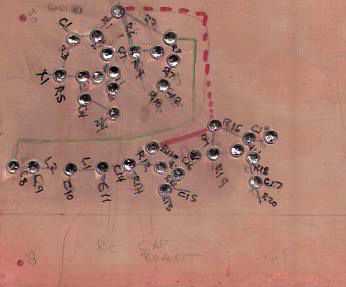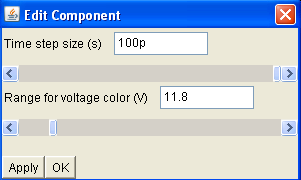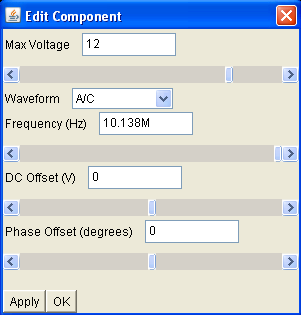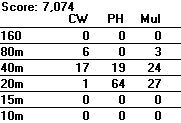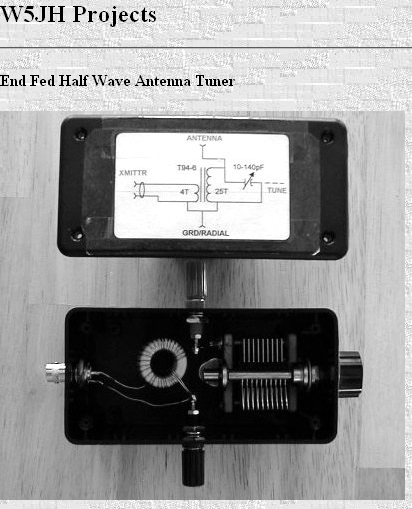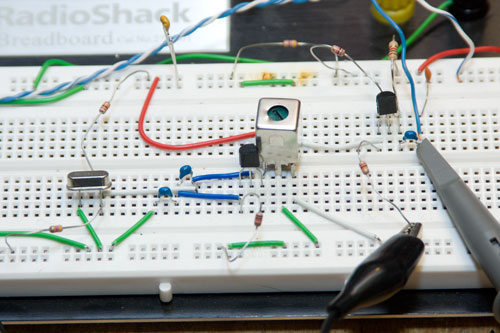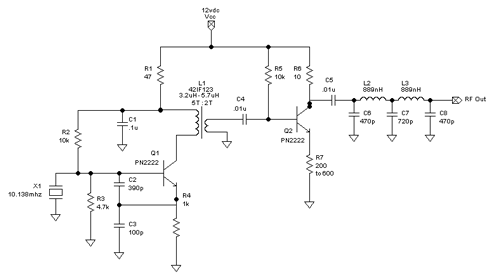PCB Etching
I just saw some good info on PCB etch for the homebrew
folks and thought that it was worth putting up on the blog.
http://www.pulsarprofx.com/PCBfx/main_site/pages/start_here/index.html
folks and thought that it was worth putting up on the blog.
http://www.pulsarprofx.com/PCBfx/main_site/pages/start_here/index.html
A nice site that
discusses how to do this and where to get the stuff. There has been quite a bit of
chatter about using laminating stations for the thermal transfer.
discusses how to do this and where to get the stuff. There has been quite a bit of
chatter about using laminating stations for the thermal transfer.
Search for "GBC
laminator" on eBay and you should find it.
The rumor is that the GBC laminator is good for .032 boards with one pass through
the heater. I will need to order some transfer paper and some etchant. I am enjoying
making boards at home with pads and islands but some days I would also like to have
the sharp/clean/dense boards that you can get when you lay them out in software and
then use the laser printer.
laminator" on eBay and you should find it.
The rumor is that the GBC laminator is good for .032 boards with one pass through
the heater. I will need to order some transfer paper and some etchant. I am enjoying
making boards at home with pads and islands but some days I would also like to have
the sharp/clean/dense boards that you can get when you lay them out in software and
then use the laser printer.

